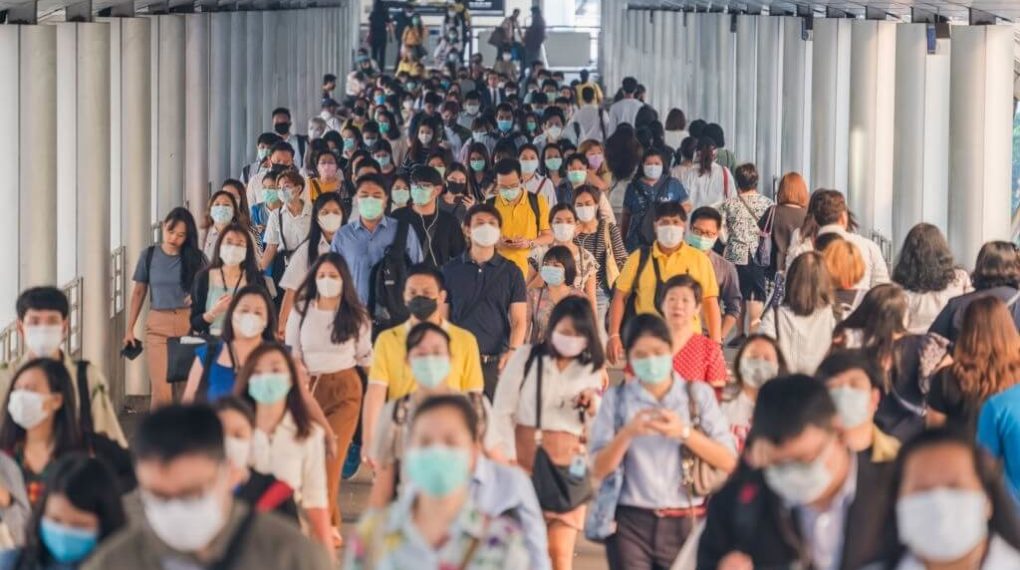Representatives such as wellbeing and state leaders are reconsidering the necessity of non-pharmaceutical treatments like social distancing initiatives, mask having to wear, patient education, and alienating diseased people in the face of COVID-19 waves due to the introduction of a delta version and sustained flu vaccination reluctance.
The spread of coronavirus is due to personal touch or touch to any surface where the infected one might have touched. Hence it is much important to find out all those who may have come in contact with the concerned person and keep them isolated as well as monitored which can help one break the chain of spreading the virus to different areas and among different people.
Suppression Of COVID-19 Requires Contact Tracking
As per experts, there must be a few teams that can keep working on contact tracing and tracking so that more people can be saved from infection in a concerned area. In general, people would like to have to escape a shutdown situation, but really what solutions do you recommend for shut down situations that don’t need people to act socially distant?
According to a current study conducted by the University of Georgia, it is critical that government personnel focus on connection tracking and quarantined.
“When social distancing in the general population is hard to achieve, we could still rely on contact tracing and case isolation if we do a good job,” said lead author Yang Ge, a doctoral student in the department of epidemiology & biostatistics in UGA’s College of Public Health.

The research that is just reported in Epidemics is modeled utilizing both actual patients information in China’s Zhejiang region and computer models to simulate the impacts of 3 initiatives distance, connection tracking, and condition separation limiting COVID-19.
From January 7 and February 22, 2020, 1,220 symptomatic instances of the virus were recorded. The models account for the everyday behaviors of the infected individuals prior to and then following the pandemic. By evaluating each treatment, the scientists are enabled to conclude the specific role everyone had on the outcome.
Using 36.5 percent of affected individuals quarantined, they determined that the epidemic in Zhejiang is contained and stopped in around 5 days. Whenever a solid connection tracking strategy was in existence done this situation was realized.
“Social distancing, case isolation, and contact tracing are all critical in suppressing the epidemic, and they interact with each other in the sense that if you fail in one area, the other efforts need to be strengthened. In particular, we noticed that contact tracing is very important despite not being part of the major conversation in current control efforts,” said lead co-author Ye Shen, an associate professor of epidemiology & biostatistics at UGA.
In addition to examining the effectiveness within each treatment, the researchers created situations in which some treatments are weaker than others, such as when it required almost time to isolate a good instance.
“We found that even with a low prevalence level, a gradual reopening is challenging without further strengthening NPIs,” Shen said. Specifically, the curve was steeper when contact tracing was less efficient.
These results took on fresh relevance as incident counts rise across the U.S. and other regions, and nations that remain reliant on these measures to keep their community safe still await vaccinations to come.
“Slow tracing and delayed isolation could easily increase the outbreak size by tens of folds. We should allocate sufficient resources to support such efforts, for example, funding contact tracing forces, allowing people to work or study from home when exposed to COVID-19 cases, and at the minimum, encourage everyone to wear a face mask indoors,” they said.
